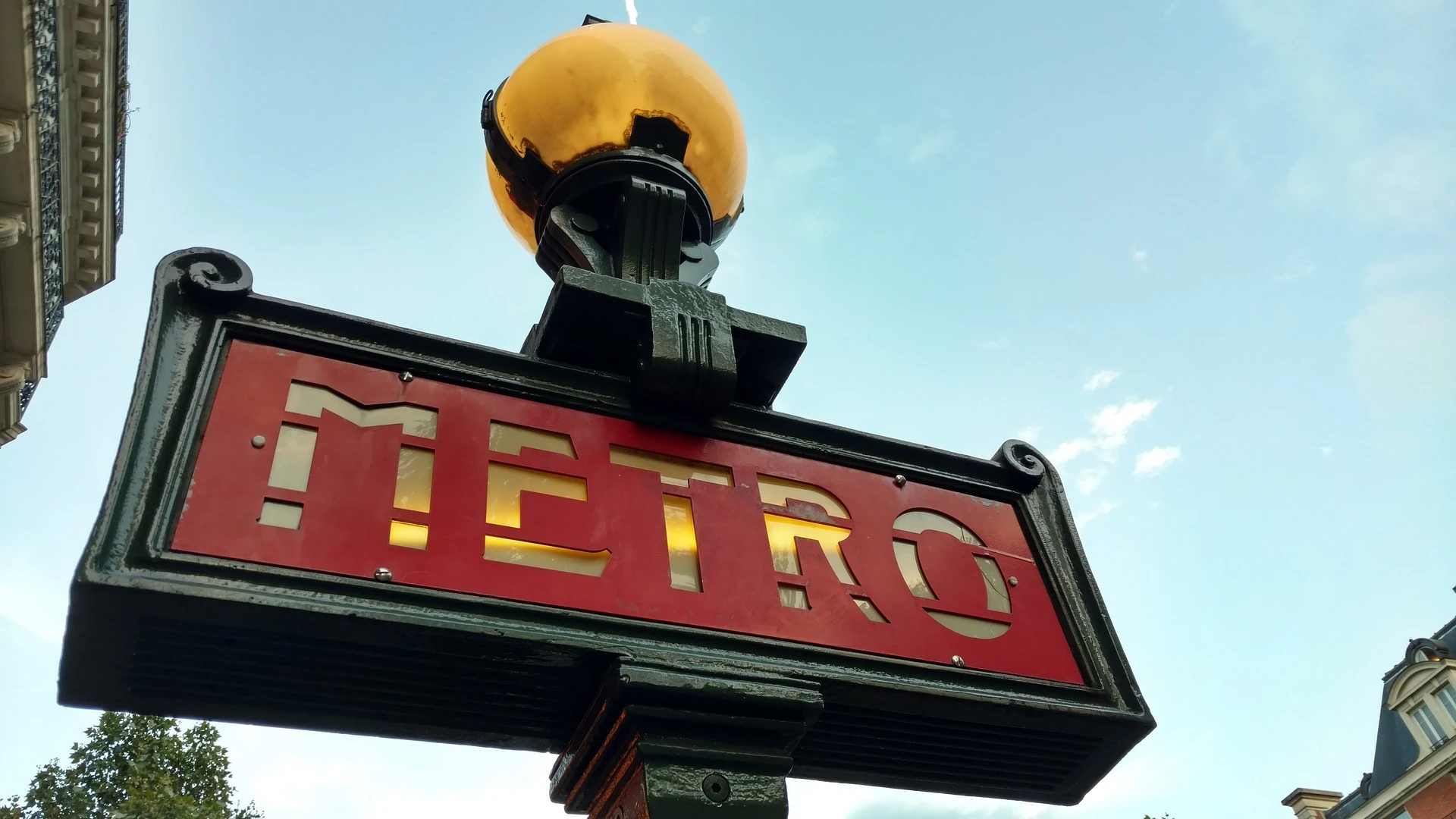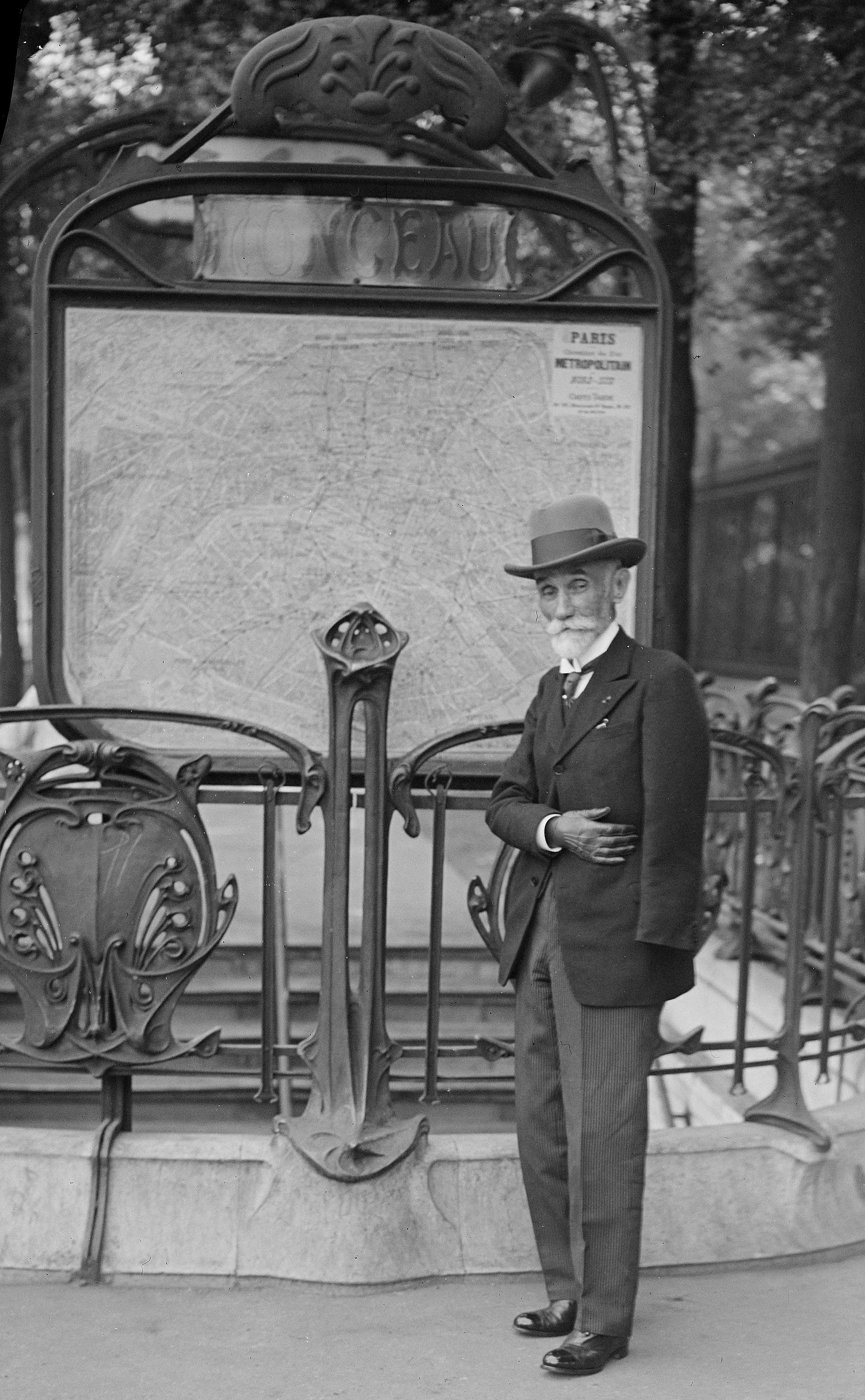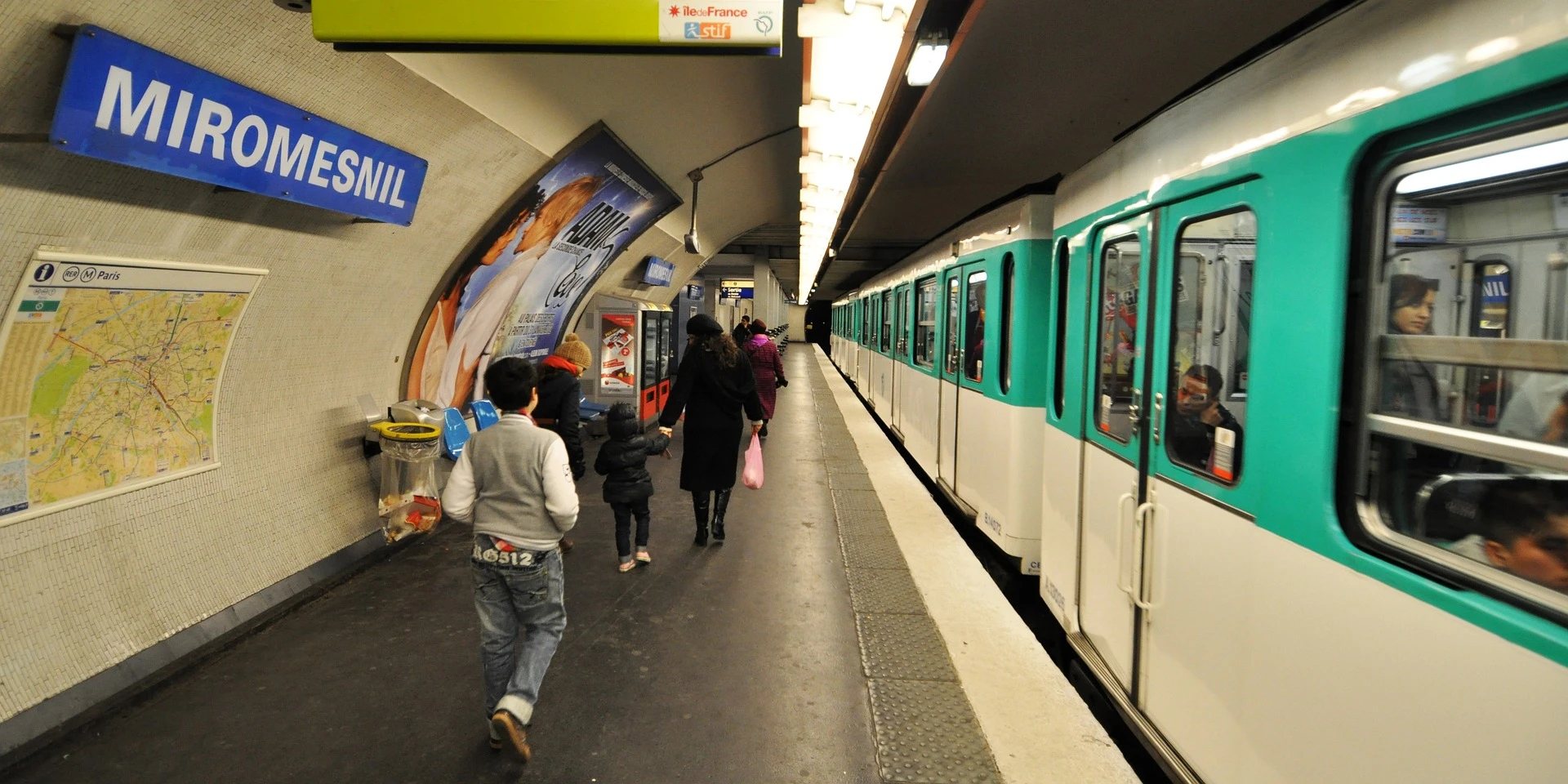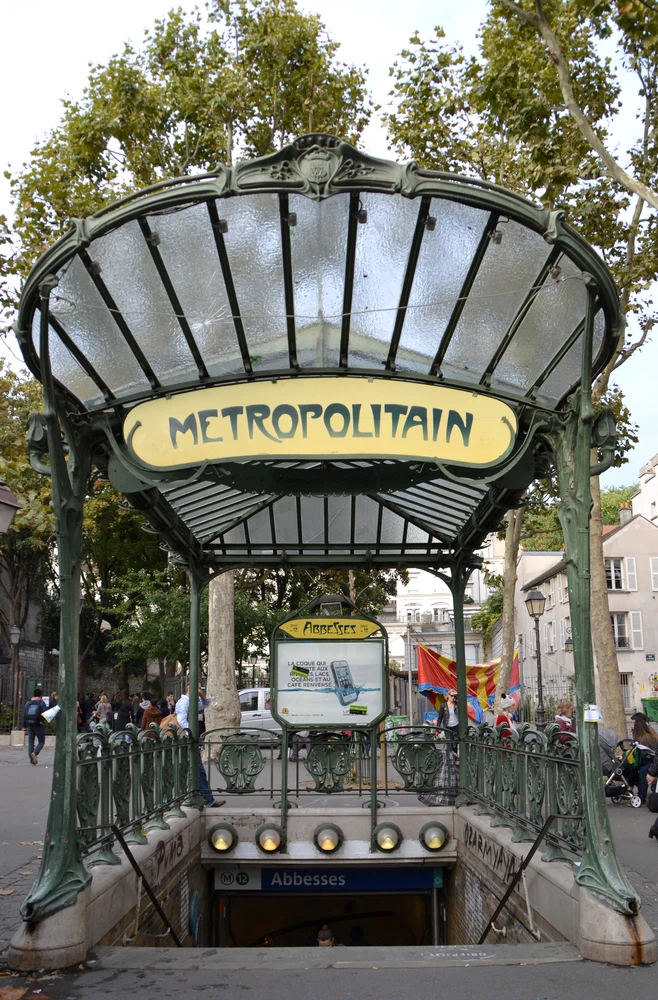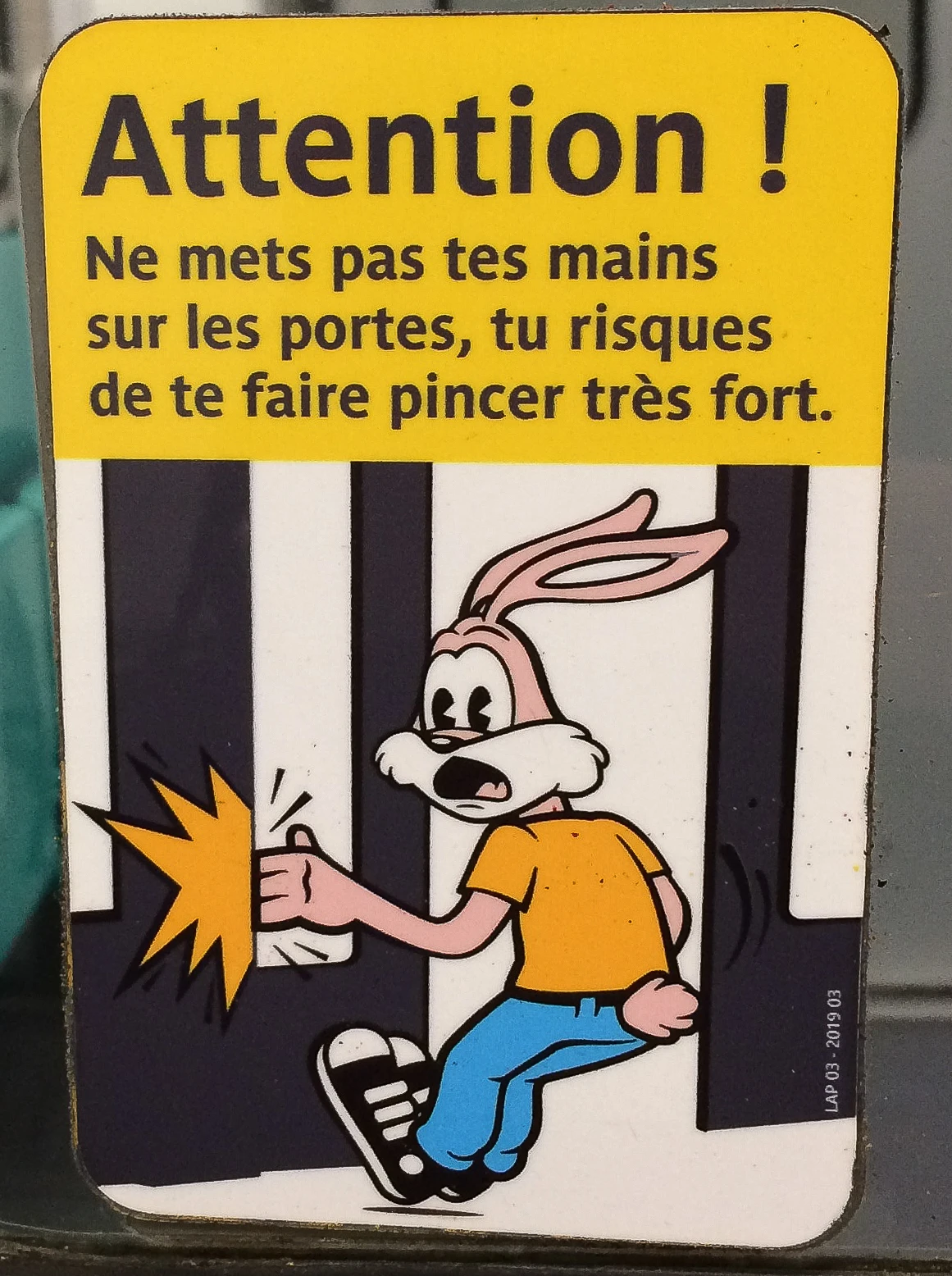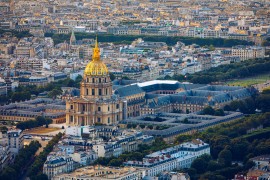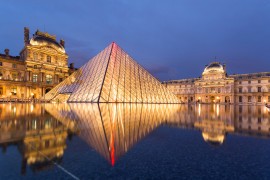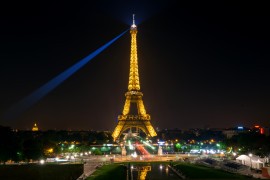1 It travels over 200 kms
Officially: 226.9 kms by May 31, 2022. A total of 308 official stations. From 1 single line in 1900, it has grown to 14 lines. It runs at between 20 and 40 kph.
2 he was born in 1900.
July 19, 1900. This is the official date of birth of the Paris metro, and you can travel between Porte Maillot and Porte de Vincennes. It took less than 2 years to complete the first line, since work began on October 4, 1898. It would take 10 years to cross the Seine. For a long time, it had 2 classes: the first and the second. There have been no differences between passengers since 1991. The construction was widely criticized. Some newspapers claimed that houses would collapse if a metro were dug. Others claimed that people would suffocate from the fumes in the carriages. It was also hard hit by the great flood of the Seine in 1910. It literally engulfed the stations.
A Paris metro entrance sign. Image chosen by monsieurdefrance.com: Image by Andrew Becks from Pixabay
3 The children's hideaway
Many Parisian kids loved the work, playing hide-and-seek in the tunnels. The police had to intervene frequently.
4 A Breton named Fulgence Bienvenue
Fulgence Bienvenüe in front of a station on the metro he designed. Public domain photo via wikipedia.
Fulgence Bienvenüe was born on January 27, 1852 in Uzel, Côtes d'Armor, Brittany. He is the founder of the metro. The son of a notary, Bienvenüe was a brilliant pupil at the Lycée Saint Martin in Rennes, where he studied at the Polytechnique and the Ponts et Chaussées. From 1886 onwards, he worked on the development of the city of Paris following Baron Haussmann's works, and in 1895 presented his first metro project. Work began in October 1898, and he devoted the rest of his life to the project, retiring at the age of 80 in 1932. He died in 1936 and is buried in the Père Lachaise cemetery. During his lifetime, one of the stations was named after him: Montparnasse Bienvenüe, the station that Breton people used to (and still do) take when arriving in Paris. Placing their footsteps in those of one of the most famous of them all.
5 Subway crickets
The Paris metro is full of crickets... Parisian. They are said to have been brought in with the crates of vegetables that were often transported. The Ligue de Protection des Grillons Parisiens watches over them. It is said that they are gradually disappearing because the metro has become non-smoking and they used to enjoy cigarette butts...
The metro has changed a lot since the wooden, coal-fired cars of 1900. It's now electric. Image chosen by monsieurdefrance.com: Loyloy Thal from Pixabay
6 lines: + long and + short + fast + slow
The shortest line is line 3 bis (1.3 km) and the longest is line 13. It is 24.3 km long and links Saint Denis to Montrouge. Line 8 is slightly shorter, and is the only line to cross the Seine and Marne rivers.
Line 4 is the slowest between Porte de Clignancourt and Porte d'Orléans, running at 20 km/H. Line 14 is the fastest , running at 40 km/h. Line 7 has the most trains per hour. Nearly 60.
7 Guimard entrances: modern then old-fashioned
A typical Guimard entrance: the abbesses station. Photo chosen by monsieurdefrance.com: Miff32 via depositphotos.
Designed by Hector GUIMARD (1867-1942), they were ultra-modern when they were installed in 1900, in keeping with the architectural style of the time: Art Nouveau. The problem was, when this style went out of fashion, the 167 entrances were not well regarded. Deemed too modern by some when they first arrived, then too old-fashioned by others in 1920, many were dismantled. Some were sold abroad. Those that remain are maintained and enhanced.
8 The most beautiful/typical metro station
This is the "Louvre Rivoli" station (on line 1). Completely renovated, it features many copies of works of art from the Louvre, which is just above. The most typical station for photos is the abbesses metro station (on line 12).
9 Serge the rabbit
Serge the rabbit born in 1977. Photo chosen by monsieurdefrance.com: By Planespotter1 - Own work, CC BY-SA 4.0, https://commons.wikimedia.org/w/index.php?curid=131246647
The metro's mascot is Serrge the rabbit. He's the one who warns children via a sticker on the doors that says "careful, don't put your hands on the door: you risk getting pinched really hard".) It was designed and introduced in 1977 by the RATP, and is so iconic for little Parisians that it's even been flocked onto t-shirts. It's evolved with the times (originally wearing red overalls, it now wears jeans and a yellow tshirt).
10 Unusual found objects, to say the least.
Every day, over 1,300 items are lost in the Paris metro. It carries over 51,000,000 passengers a year. Recently, a list of the most original items was published: a (full) funeral urn, a wedding dress, a pair of skis, a bagpipe and even... An alligator skull! We've also lost count of the number of dentures. FYI: if you lose something, you need to go to the lost and found department of the 15th Prefecture de Police.
Paris metro map
If we can be of any help, here's a link to an easy-to-find map of the Paris metro .

